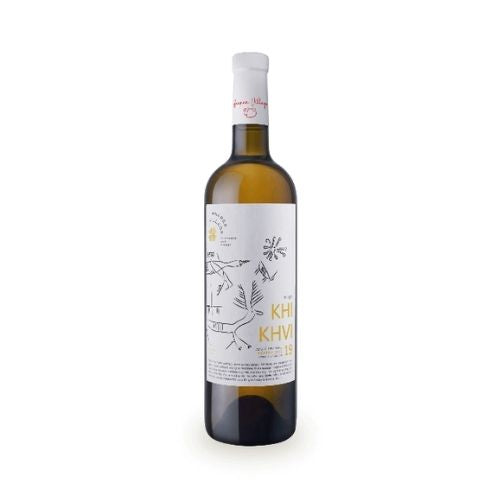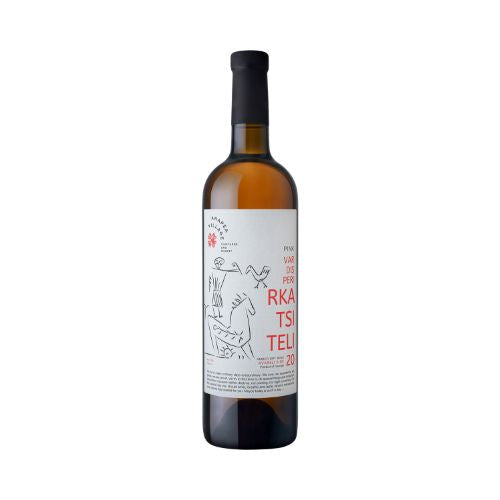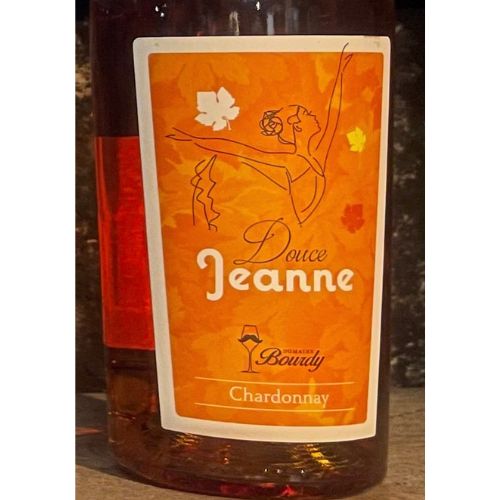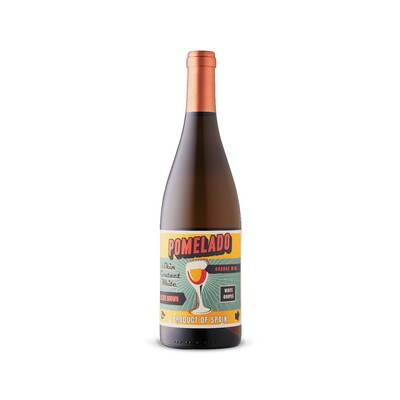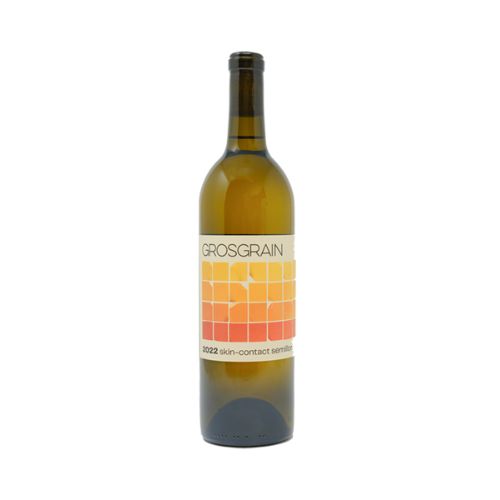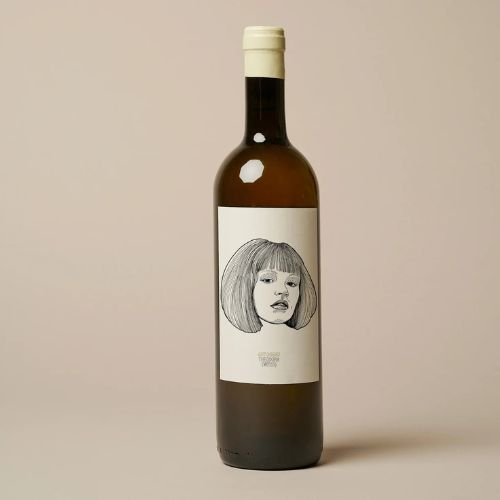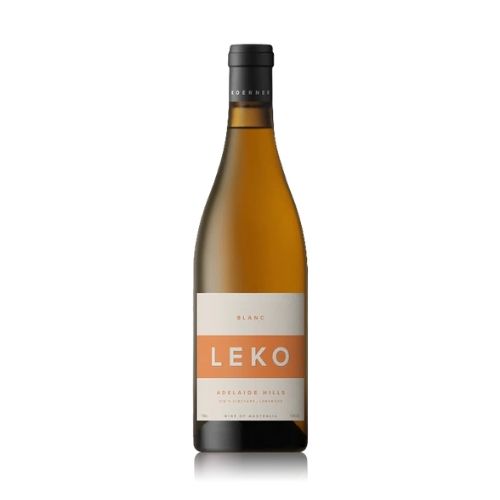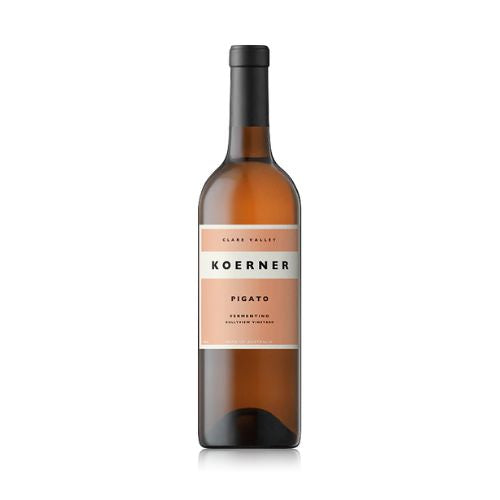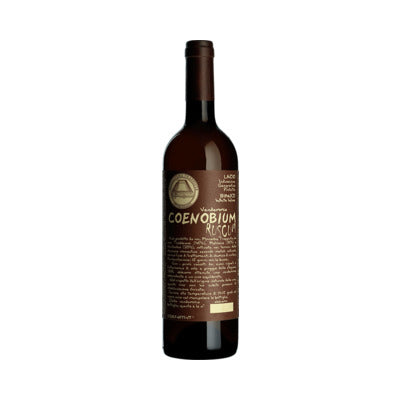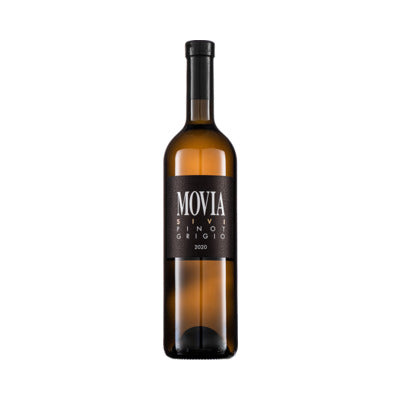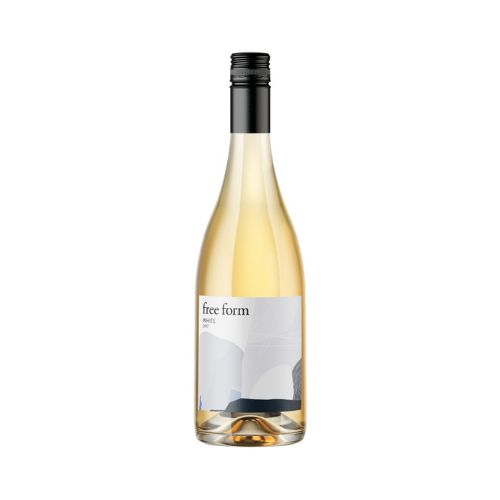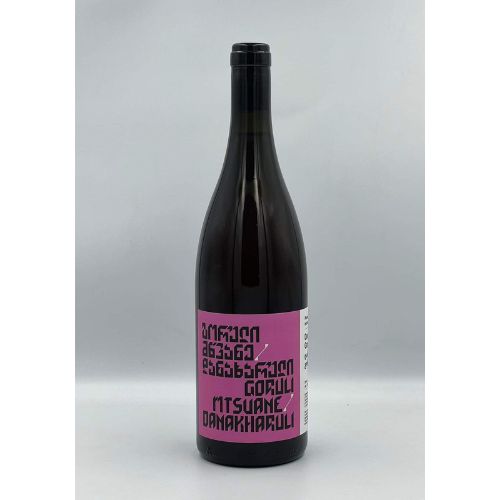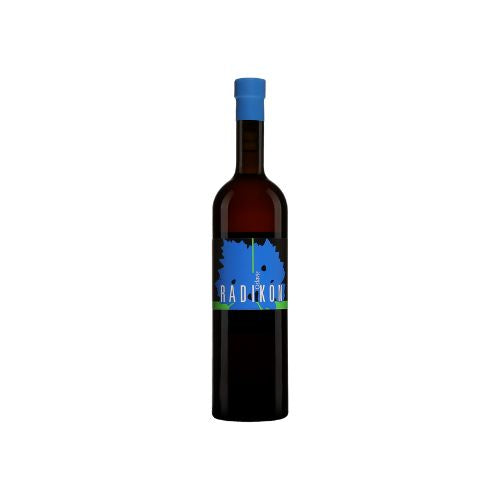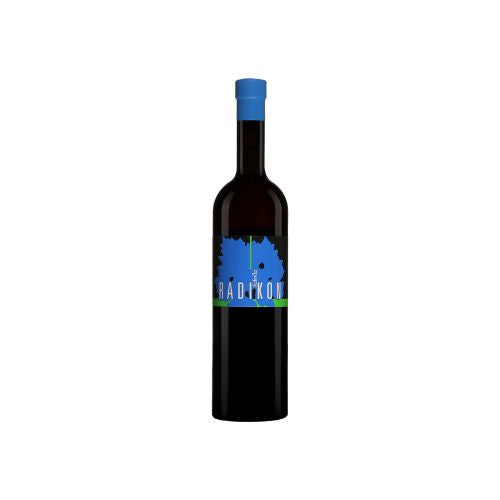Orange Wine
Filters
14 products
Anapea - Khikhvi Amber 2020
Sale price$49.99
Anapea - Pink Vardisperi Rkatsiteli 2022
Sale price$49.99
Domaine Jean Bourdy - Douce Jeanne 2022
Sale price$74.99
Dominio de Punctum - Pomelado
Sale price$22.99
Grosgrain Vineyards - Skin-Contact Walla Walla Valley Sémillon 2022
Sale price$59.99
Gut Oggau - Theodora Weiss 2023
Sale price$69.99
Koerner - Leko Adelaide Hills Blanc 2021
Sale price$49.99
Koerner - Pigato Clare Valley Vermentino 2022
Sale price$49.99
Monastero Suore Cistercensi - Ruscum Bianco 2021
Sale price$49.99
Movia - Sivi Brda Pinot Grigio 2020
Sale price$49.99
Okanagan Crush Pad - Free Form Sauvignon Blanc 2018
Sale price$35.99
Pheasant's Tears - Danakharuli Goruli Mtsvane 2021
Sale price$39.99
Radikon - Oslavje 2018
Sale price$79.99
Radikon - Ribolla Gialla 2018
Sale price$79.99

